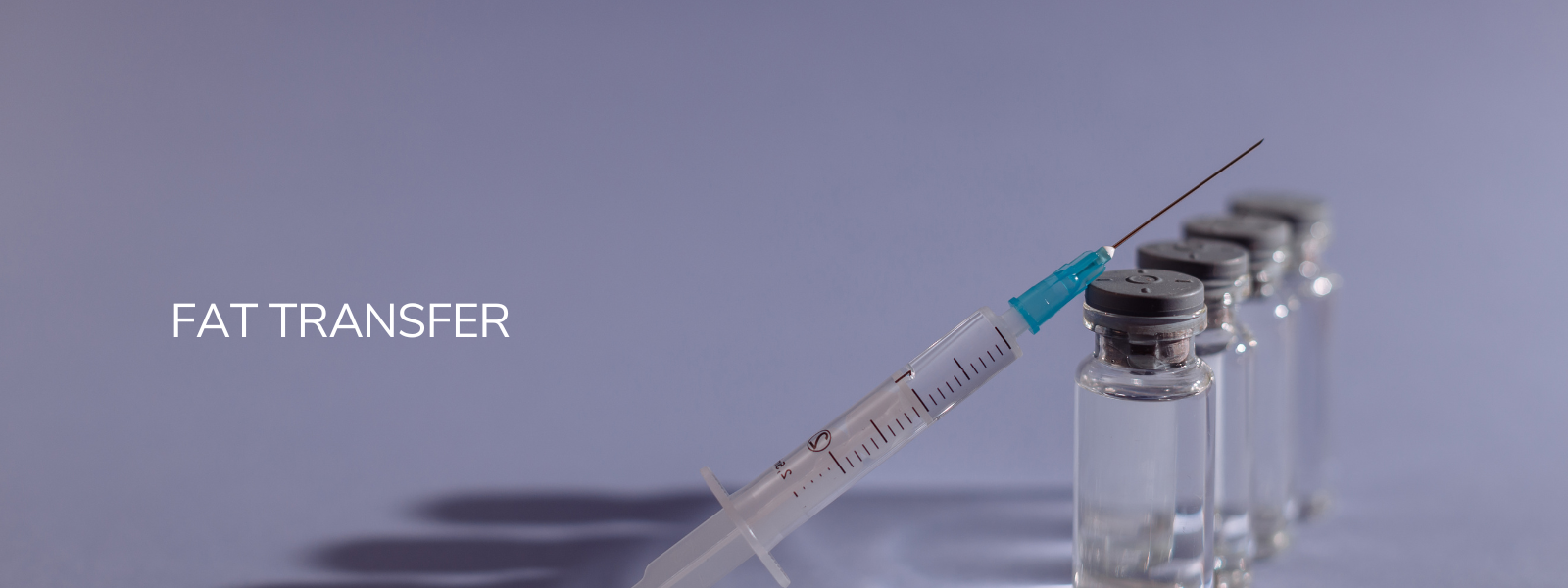
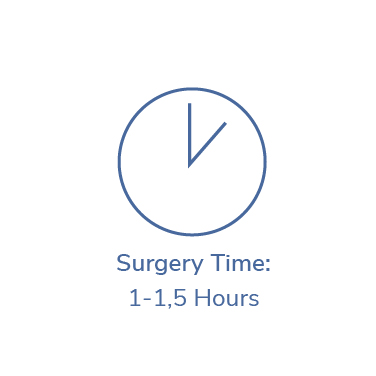

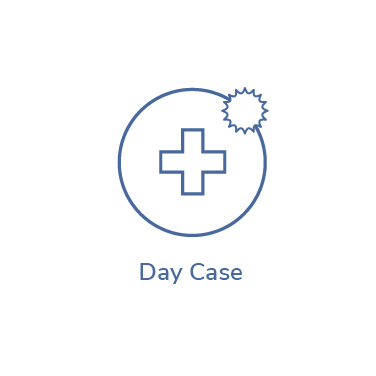



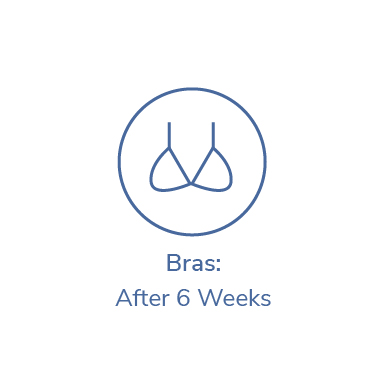
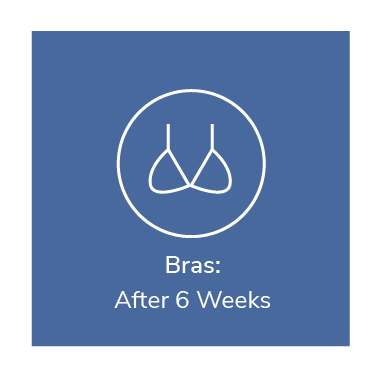



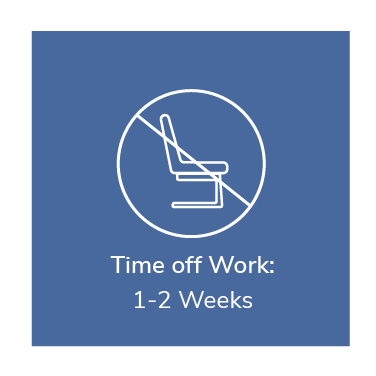
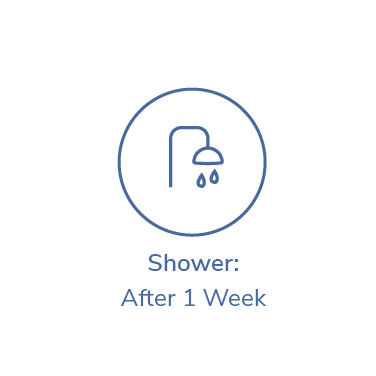

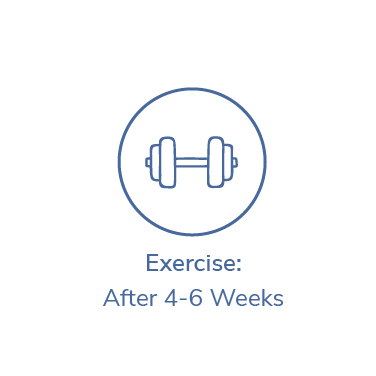
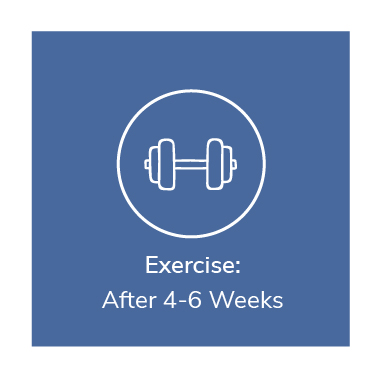

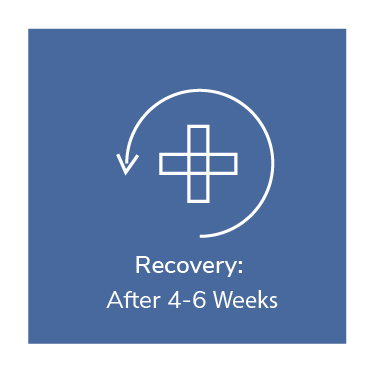


WHAT IS A Fat Transfer ?
A fat transfer, also known as fat grafting or fat injection, is a surgical procedure that involves transferring fat from one area of the body to another. It is a popular technique used in plastic and cosmetic surgery to enhance or restore volume in specific areas, improve contours, and provide a more youthful appearance.
The main advantage of fat transfer is that it utilizes a patient's own fat cells, which minimizes the risk of allergic reactions or rejection. Additionally, fat transfer provides long-lasting results as the transferred fat becomes a permanent part of the recipient site. However, some of the transferred fat may be naturally absorbed by the body over time, and multiple sessions may be required to achieve the desired volume enhancement.
Fat transfer can be performed as a standalone procedure or in combination with other surgical or non-surgical treatments to enhance overall results. The specific details and techniques of the procedure may vary based on individual patient characteristics and desired outcomes.
Fat transfer can be performed on various body parts to enhance volume and contour. Some common areas where fat transfer is frequently performed include:
Face: Fat can be transferred to areas of the face to restore volume, fill in wrinkles or hollows, and enhance facial contours. This can include the cheeks, temples, under-eye hollows, nasolabial folds, lips, and chin.
Breasts: Fat transfer can be used for breast augmentation or breast reconstruction. It is typically suitable for individuals looking for a modest increase in breast size or to correct minor breast asymmetry.
Buttocks (Brazilian Butt Lift): Fat transfer to the buttocks, commonly known as a Brazilian Butt Lift, can enhance the shape, fullness, and contour of the buttocks. The procedure involves harvesting fat from one area of the body and injecting it into the buttocks to achieve a more rounded and lifted appearance.
Hands: Fat transfer to the hands can help rejuvenate their appearance by restoring volume and reducing the visibility of tendons and veins, which can make hands look more aged.
Breasts after mastectomy: Fat transfer can be used in breast reconstruction procedures following mastectomy to restore volume and symmetry. It can help achieve a natural-looking and soft breast contour.
Volume Restoration: Fat transfer can restore lost volume in areas of the face, breasts, buttocks, or hands. It can help replenish volume that has diminished due to aging, weight loss, or other factors, creating a more youthful and fuller appearance.
Facial Rejuvenation: Fat transfer to the face can improve facial contours, fill in hollow areas, and reduce the appearance of wrinkles and creases. It can enhance the cheeks, temples, lips, nasolabial folds, and other areas, resulting in a more refreshed and rejuvenated look.
Breast Augmentation or Reconstruction: Fat transfer can be used for breast augmentation to increase breast size and improve shape. It can also be utilized in breast reconstruction procedures after mastectomy to restore volume and create natural-looking breasts.
Brazilian Butt Lift: Fat transfer to the buttocks, known as a Brazilian Butt Lift (BBL), can enhance the shape, fullness, and contour of the buttocks. It can provide a more lifted, rounded, and aesthetically pleasing appearance.
Hand Rejuvenation: Fat transfer to the hands can rejuvenate their appearance by adding volume, smoothing out wrinkles, and reducing the visibility of tendons and veins. This can create a more youthful and plump look to the hands.
Scar Revision: Fat transfer can be utilized in scar revision procedures to help improve the appearance of depressed or indented scars. By injecting fat into the depressed areas, the scar can be raised to the level of the surrounding skin, resulting in a smoother and more even skin texture.
Facial Asymmetry Correction: Fat transfer can help correct facial asymmetry by adding volume to one side to match the other. It can address differences in cheek volume, chin projection, or overall facial contour to achieve better facial balance.
Good candidates for fat transfer are individuals who:
Have Adequate Donor Fat: Fat transfer requires a sufficient amount of donor fat available in areas such as the abdomen, thighs, hips, or buttocks. The surgeon needs enough fat to harvest and transfer to the desired areas.
Desire Volume Enhancement or Contour Improvement: Candidates should have specific areas of the body or face where they would like to enhance volume, improve contours, or fill in depressions. Common concerns include facial volume loss, hollowed cheeks, deep creases, breast size or shape enhancement, buttock augmentation, or hand rejuvenation.
Have Realistic Expectations: Candidates should have realistic expectations about the outcome of fat transfer. While the procedure can provide noticeable improvements, it is important to understand that results can vary, and perfection cannot be guaranteed. Consulting with a qualified plastic surgeon can help set realistic expectations based on your individual case.
Are in Good General Health: Candidates should be in good overall health and free from any medical conditions that may interfere with the healing process. It is important to disclose your complete medical history to the surgeon during the consultation to ensure you are a suitable candidate for the procedure.
Have Stable Body Weight: It is recommended that candidates have a stable body weight before undergoing fat transfer. Significant fluctuations in weight can affect the results, as the transferred fat cells can respond to weight gain or loss.
Do Not Smoke: Smoking can negatively impact the healing process and increase the risk of complications. Candidates who smoke may be advised to quit or refrain from smoking for a certain period before and after the surgery.
Understand the Procedure and Risks: Candidates should have a thorough understanding of the fat transfer procedure, including its benefits, limitations, and potential risks. They should be willing to follow pre- and post-operative instructions provided by the surgeon and actively participate in their own recovery.
WHAT they say
Before the treatment I was always bullied about my lopsided face and bad skin condition. Thank you!
virginia hudson
Beauty has so many forms, and I think the most beautiful thing is confidence and loving yourself.
Kiesza
I had the most amazing experience, from the moment I walked in to the moment I walked out I was cared for with such compassion. All the nurses were amazing, they tucked me in bed, they poured my tea, I cannot fault them. It was like being looked after by family. My anesthetist and surgeon explained everything in detail, I knew exactly what to expect. I would definitely stay here again.
Laura
I was really pleased with the care and treatment that I received at Welbeck Hospital. My surgeon was kind and informative and explained the entire procedure to me. I recovered completely fast. I would recommend it to everyone.
Eva Elliot
FAQS
Fat transfer involves three main steps: harvesting, processing, and injection. Fat is first harvested from a donor area using liposuction, typically from areas with excess fat. The harvested fat is then purified and processed to remove impurities and damaged cells. Finally, the processed fat is injected into the desired areas to enhance volume or improve contours.
Fat transfer is generally considered safe when performed by a qualified and experienced plastic surgeon. However, like any surgical procedure, it carries certain risks such as infection, bleeding, asymmetry, and changes in fat absorption. Discussing potential risks and complications with your surgeon is important before undergoing the procedure.
Fat transfer results can vary among individuals, but a portion of the transferred fat usually survives and becomes permanent. However, some of the fat may be naturally absorbed by the body over time. On average, about 60-80% of the transferred fat can remain long-term. Maintaining a stable weight can help prolong the results.
When performed by a skilled surgeon, the transferred fat can look and feel natural. The fat cells integrate with the surrounding tissues and provide a soft and natural appearance. However, it is important to note that some initial swelling and temporary changes in texture may occur during the healing process.
Recovery times can vary depending on the extent of the procedure and the areas treated. Typically, patients can expect some swelling, bruising, and discomfort for a few weeks. Most individuals can resume normal activities within one to two weeks, although strenuous exercise and heavy lifting should be avoided for several weeks.
Yes, fat transfer can be combined with other procedures such as facelift, breast augmentation, or Brazilian Butt Lift (BBL). Combining procedures can provide more comprehensive results and address multiple concerns simultaneously. Your surgeon will evaluate your specific needs and goals to determine the most suitable treatment plan for you.
Fat transfer has certain limitations. The amount of fat that can be transferred depends on the available donor fat and the specific areas being treated. In some cases, multiple sessions may be required to achieve the desired results. Additionally, fat transfer may not be suitable for individuals with very thin or tight skin.
Yes, there are alternatives to fat transfer for volume enhancement, such as dermal fillers. Dermal fillers consist of injectable substances that can temporarily add volume and improve contours. Your surgeon can discuss these options with you and recommend the most appropriate approach based on your specific goals and anatomy.







